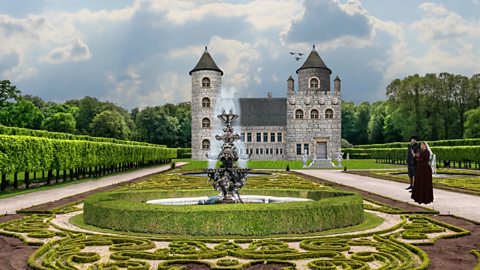What did people eat during the time of medieval castles?
In this article you can find out:
- What food might be found in a Scottish castle
- The difference between rich and poor people's diets during medievalThe medieval times or Middle Ages describe a period of time in history. The medieval period lasted from around the year 500 AD to 1500 AD times
- How food was kept fresh in castles
This resource is suitable for Castles topics for P2, P3, P4, P5, P6 and P7 (First and Second Level Curriculum for Excellence).
What food could be found in a Scottish castle?
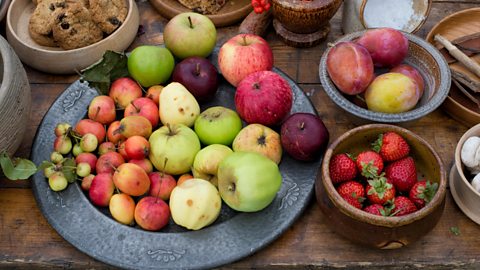
Image caption, Fruit
Fruit was very popular and could be eaten fresh, dried or preserved. At the time, there were fruits like apples, pears, plums and quinces grown in the castle gardens. (Tim Gainey / Alamy Stock Photo)
Image caption, Vegetables
Vegetables like leeks, cabbages, kale, onions and peas were grown in the castle gardens but were mostly eaten by peasants and workers. (Tim Gainey / Alamy Stock Photo)
Image caption, Bread
Bread was the most common food during medieval times. Wealthy people would use thick slices of stale bread as bowls to soak up soups and stews. These were called 'trenchers'. (Malcolm Fairman / Alamy Stock Photo)
Image caption, Meat
During medieval times, meat was quite expensive so it was mostly eaten by wealthier people. Sheep, chickens and pigs were kept on the land around the castle to provide meat. (PRISMA ARCHIVO / Alamy Stock Photo)
Image caption, Fish
Fish and eels could be caught in the rivers and lochs or farmed in a castle fishpond. Fish would be dried, smoked or salted to make it last longer. (PRISMA ARCHIVO / Alamy Stock Photo)
Image caption, Oats
Oats were a popular crop grown on castle farms. They could be made into porridge or traditional oatcakes (above) and could be used to thicken stews. (Lynne Sutherland / Alamy Stock Photo)
Image caption, Herbs and spices
Food was flavoured with the herbs grown in the castle gardens like sage, mustard and parsley. Herbs were also used to treat illnesses. Spices like black pepper, cinnamon, and cumin were very expensive in the Middle Ages because they were transported from faraway places like Asia and Africa. (Tim Gainey / Alamy Stock Photo)
Image caption, Honey
Beekeeping was a very important job because honey could be used to sweeten food, to keep food fresher for longer and as a medicine. (PRISMA ARCHIVO / Alamy Stock Photo)
1 of 8
Did everyone eat the same food?
No! During the time of castles, rich and powerful people would eat very differently from the common people who lived in the towns and burghs and on the farms around the castle.
- Meat was quite expensive during medievalThe medieval times or Middle Ages describe a period of time in history. The medieval period lasted from around the year 500 AD to 1500 AD times so it was mostly eaten by wealthier people.
- Spices, like ginger, were also very expensive in medieval Scotland so it would likely only have been eaten by rich people.
- Poor people would mostly eat food that could be grown locally.
- vegetables like leeks, cabbages, kale, onions and peas
- fruit like apples, pears, plums and quinces
- other crops like oats
Keeping food fresh
When food is left out too long, bacteriaLiving organisms which can only be seen with a microscope. Some bacteria cause disease, others are useful. begins to grow and make the food unsafe to eat. There were no fridges or freezers to keep food fresh during medieval times. People had other ways to preserveTo stop food from rotting. food so it was safe to eat.
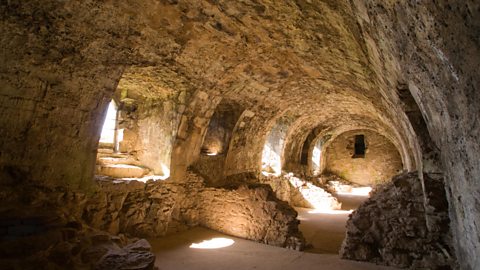
How did people preserve
- storing - Food was usually stored underneath the castle or on the ground floor of the tower keep where it was cooler - and safe from thieves!
- salting - Salt can kill some types of bacteria so it was used to dry out fish or meat so that it wouldn't go off. Covering meat or fish in salt drew the moisture out and killed bacteria. The problem was everything tasted very salty - yuck!
- drying - Most meats, fruits and grains (like rye and wheat) could be preserved through drying. In Scotland it was often too cold to dry food outside, so ovens were often used instead.

Test your knowledge

Create your own castle feast menu
Design a menu fit for a king, queen or clan chief.
Remember, rich and powerful people could afford to eat expensive food (like meat, herbs and spices) that poorer people in the towns and burghs could not.
Explore more
There were no supermarkets, fridges or freezers during the time of castles. People mostly ate what they could grow or hunt nearby, like local fruit and vegetables.
How have changes in food processing, technology and transport changed the way we eat today?
Food processing. revision-guideFood processing
Find out how the same ingredients can be processed to make different types of food.
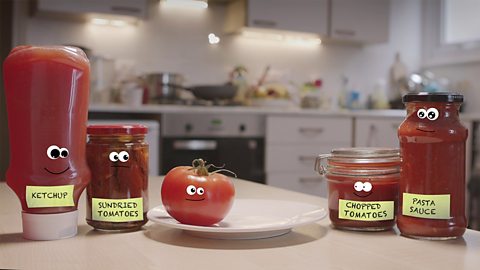
Farm to plate. revision-guideFarm to plate
Find out about the journey food takes from the farm to the supermarket to your home.
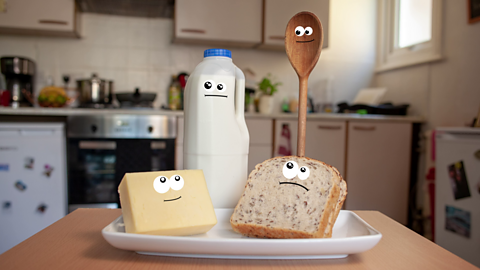
Food miles. revision-guideFood miles
Find out what food miles are and how the food we eat affects the environment.
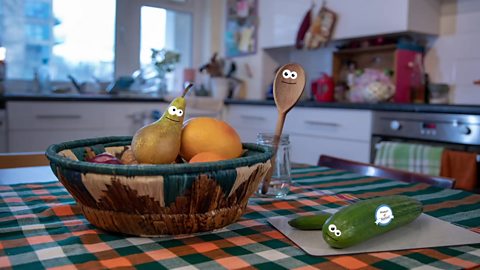
More on Castles
Find out more by working through a topic
- count10 of 16
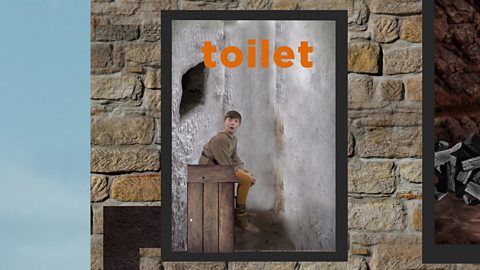
- count11 of 16
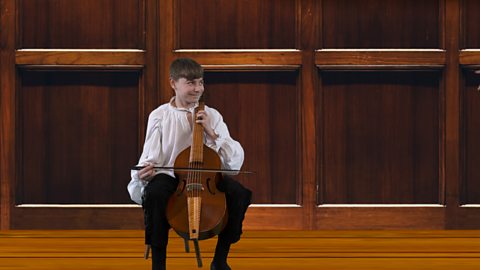
- count12 of 16
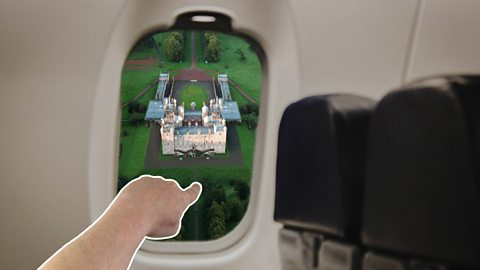
- count13 of 16
